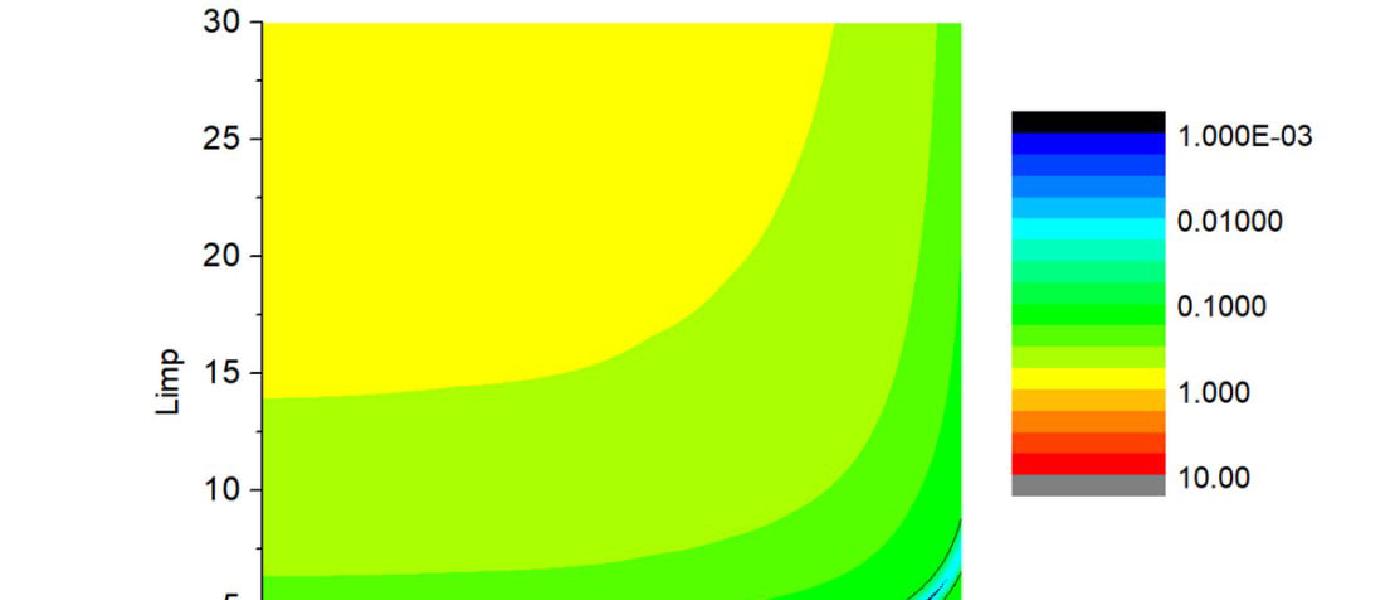The limits of Semiclassical Models in Resistivity Analysis
Posted on May 13, 2023 (Last modified on September 6, 2023) • 3 min read • 507 wordsWe delve into the shortcomings of current semiclassical models, such as the Mayadas-Shatzkes model, in effectively describing phenomena at quantum scales. Highlighting the increasing inadequacy of these models in predicting resistivity as critical dimensions approach quantum scales, the article emphasizes the need for a new model derived from the principles of quantum field theory. It underscores the importance of such a model in accurately addressing and incorporating quantum phenomena that are integral to the resistivity analysis of conductors at smaller scales.

The Urgent Need for Quantum Field Theory-based Approaches
The semiconductor industry has reached an inflection point where devices are shrinking to such sizes that quantum effects become increasingly dominant. In these regimes, the traditional semiclassical models used for analyzing the resistivity of conductors are beginning to show their limitations. A prominent example is the Mayadas-Shatzkes (M-S) model, which, while robust for many applications, struggles to accurately predict the resistivity when critical dimensions reach a quantum scale. The inherent assumptions and approximations in such semiclassical models are ill-equipped to deal with the complexities of quantum phenomena. This article explains why a new model, based on first principles of quantum field theory, is necessary for precise resistivity analysis at the quantum scale.
The Limitations of Semiclassical Models
Semiclassical models such as the M-S model have been instrumental in resistivity analysis of conductors. However, as the dimensions of conducting materials in semiconductor devices continue to decrease, these models fall short in a few crucial ways.
Firstly, semiclassical models assume a smooth potential energy surface, an approximation that is reasonable when dealing with macroscopic or microscopic dimensions. However, at nanoscales, surfaces can be quite rough, causing considerable electron scattering. Semiclassical models struggle to accurately account for this roughness-induced scattering.
Secondly, semiclassical models typically employ a simplified grain boundary representation, overlooking the complexity of real grain boundaries at nanoscales. As devices shrink, grain boundary scattering becomes increasingly important, but semiclassical models' simplistic grain boundary handling undermines their accuracy.
Lastly, semiclassical models like the M-S model do not adequately consider quantum phenomena, such as electron quantum confinement, partial localization of carriers, and the influence of temperature and distributed impurities. These quantum effects are becoming increasingly relevant as we push towards ever-smaller devices.
The Promise of Quantum Field Theory-Based Models
Given these limitations, it is clear that a new approach is needed for accurate resistivity analysis at quantum scales. The solution lies in leveraging the first principles of quantum field theory.
A quantum field theory-based model allows for a more nuanced representation of the physical phenomena at play. It can accurately account for electron scattering caused by surface roughness and grain boundaries. It can model the impacts of distributed impurities and temperature variations. Importantly, it can also accommodate quantum effects, such as quantum confinement and partial localization of carriers, that are not well handled by semiclassical models.
This quantum field theory-based approach moves beyond the simplifying assumptions that limit semiclassical models, offering a more realistic and detailed depiction of the complex interactions within conductor materials. In doing so, it provides a more precise and reliable analysis of resistivity at quantum scales, crucial for designing and optimizing next-generation devices.
Conclusion
As the semiconductor industry continues to push the boundaries of miniaturization, moving from semiclassical to quantum field theory-based models is not just beneficial but necessary. The complexity of quantum phenomena demands models that are equipped to handle them. Adopting quantum field theory-based models will allow us to navigate the quantum realm with greater precision and confidence, accelerating the development and optimization of future semiconductor devices.